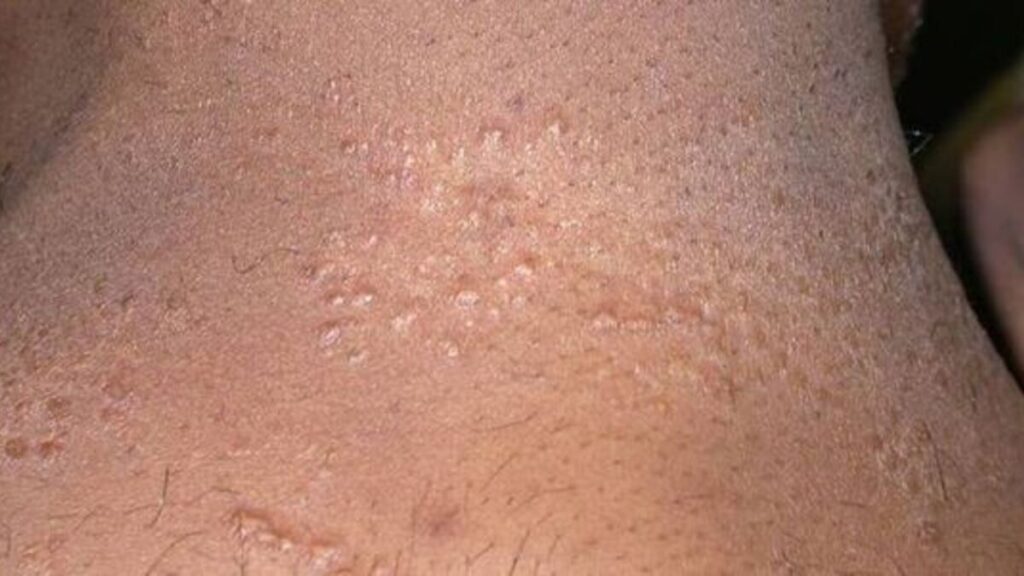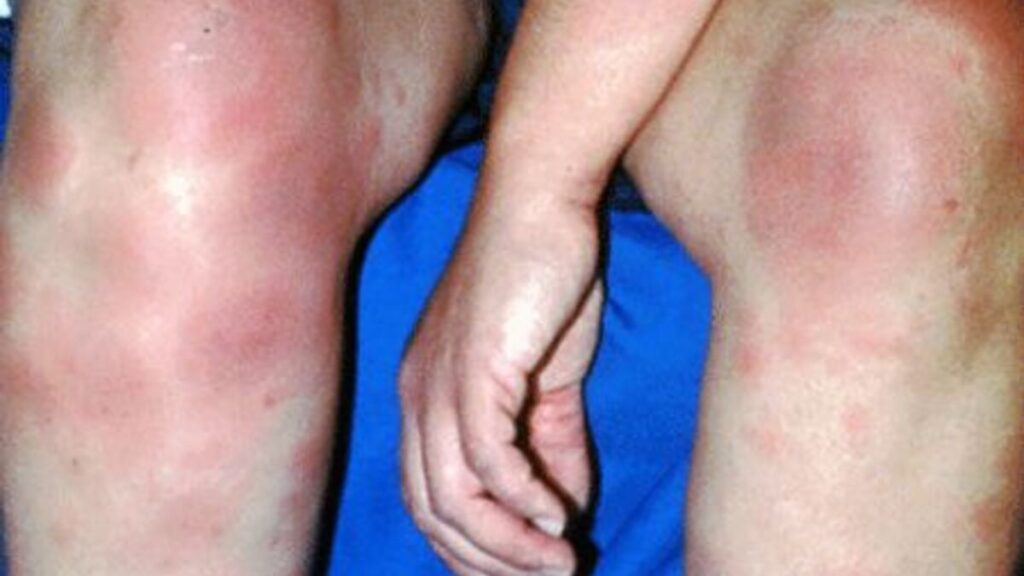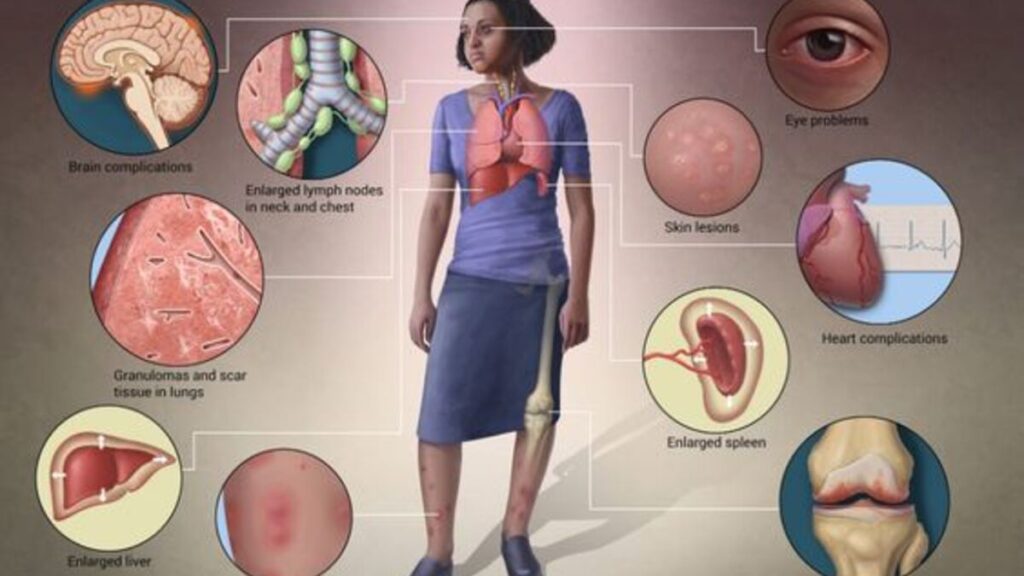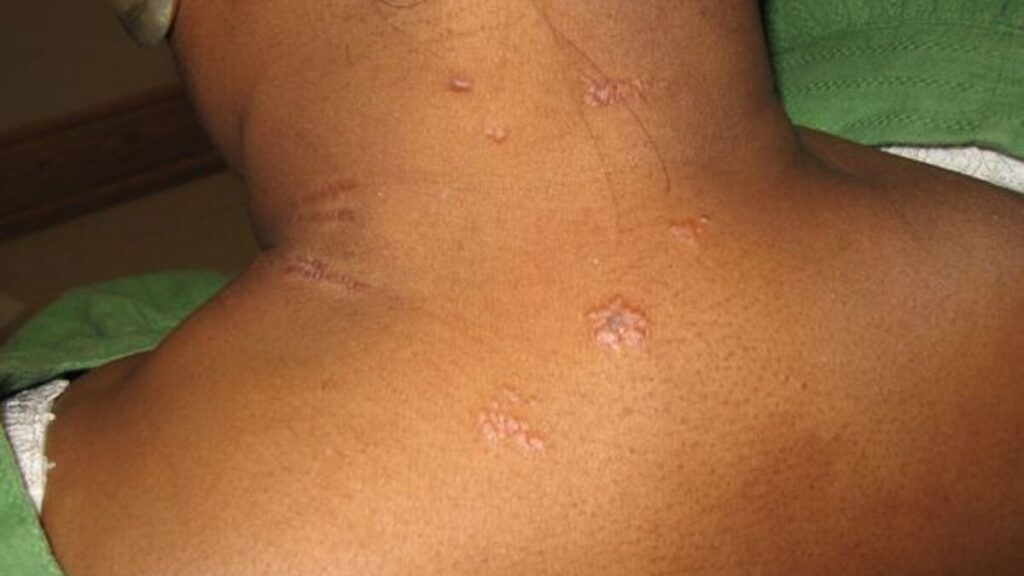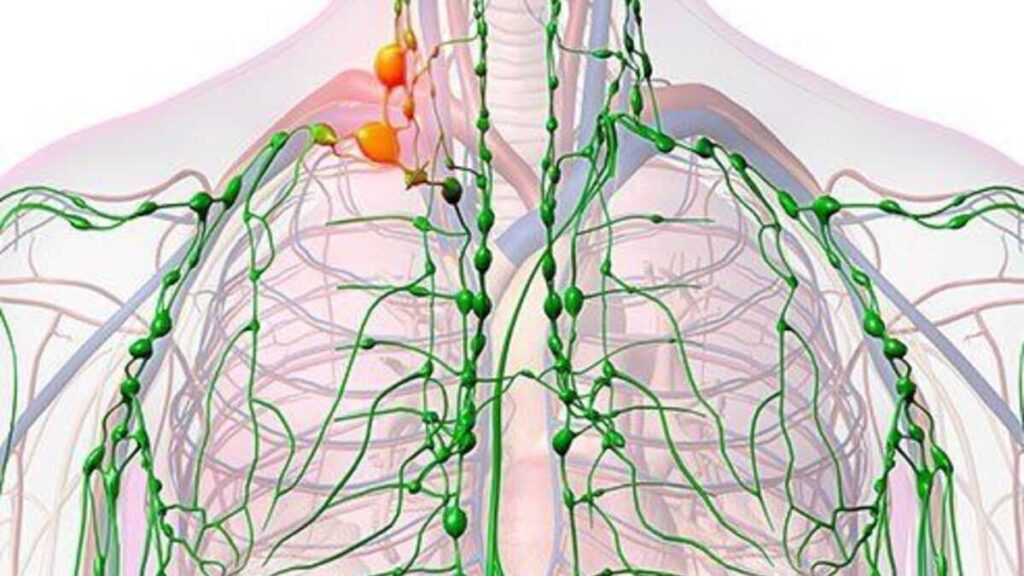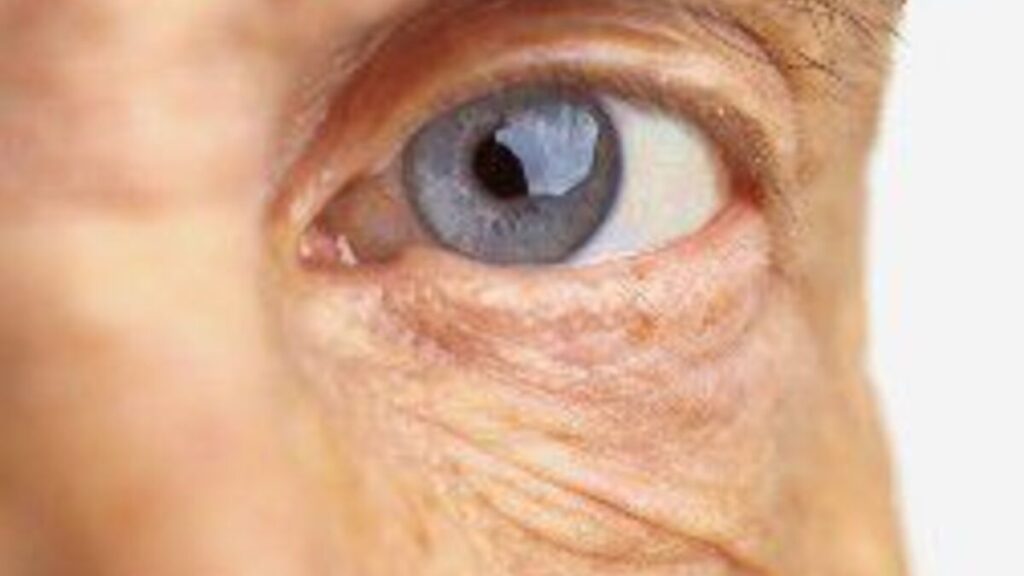These Are the Symptoms and Risk Factors Associated With Sarcoidosis

These Are the Symptoms and Risk Factors Associated With Sarcoidosis
What Is Sarcoidosis?
Causes of Sarcoidosis
Symptoms of Sarcoidosis
Skin Symptoms of Sarcoidosis
Pulmonary Symptoms
Cardiac and Renal Symptoms
Risk Factors
Environmental Issues and Working Conditions
Age
Family History, Genetics, Race and Ethnicity
Diagnosis and Treatment
Life Expectancy and Prognosis of Sarcoidosis
MOST POPULAR
-
Dinosaur Embryo Discovered Inside 72-Million-Year-Old Egg
March 22, 2024 -
Some Countries With Strict Anti-LGBTQ+ Laws
March 22, 2024 -
New Study Reveals Underground Climate Change Below Populated U.S. Cities
March 18, 2024 -
Truckers Show Support for Trump, Boycott NYC Amid $355 Million Civil Fraud Ruling
April 17, 2024 -
Did Oswald Act Alone? Chilling Testimonies From JFK’s Assassination
March 9, 2024 -
CRFB Reveals How Much National Debt Trump Incurred in His Presidency
April 19, 2024 -
Americans Think Both Biden and Trump Would Not Make Good Presidents
April 16, 2024 -
Here’s Why Young American Males Don’t Want a College Education
May 18, 2024 -
Baltimore Mayor Accuses Racists of Weaponizing DEI Language
April 15, 2024 -
Federal Judge Suggests Trump Might Incite Another Riot Like January 6
April 18, 2024



